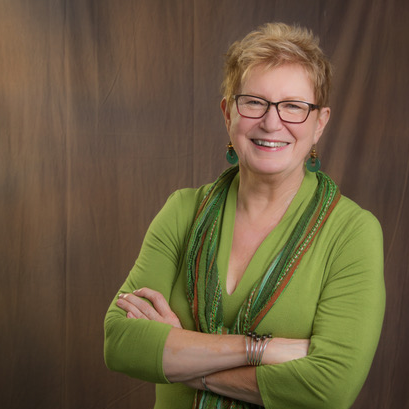
I write fiction and "non-fiction," different arts, yet both rooted in the writer's hope for shared honesty. You’ll find one of my most recent published short stories above, and can still buy my novel, Second Sight, issued first by Calyx books in 1998, and by HarperCollins in 2000. Wally Lamb called the book "heart-breaking and life-affirming." Thanks, Wally.
I helped found Vermont Woman in 1985 and remain one of her contributing editors today. It is there that I wrote a series of six articles called An Economy of Our Own, which in 2012 won a National Newspaper Award for in-depth investigative reporting.
I taught writing and literature for over 20 years at Vermont College, and began to notice the “creative writing” being done on Wall Street. Years earlier, I had worked in the "War on Poverty," and it looked to me like we the people were losing. Designing a series of seminars to deconstruct economic language, I found other women interested in economics and some big omissions in male-dominated economic thought.
In 2008, I presented at the Summit on Economic Justice sponsored by NOW, The Women’s Institute on Policy Research and The Council of American Negro Women. Just months later, U.S. Treasury Secretary Hank Paulsen was demanding that taxpayers bail out the banks thought “too big to fail.” Those banks are now bigger than ever, as big as the gap between the super-rich and most of us. Since that awful year, I’ve asked more fervently and more often, how real are the boundaries between “fiction” and “non-fiction,” truth and lies, stories and facts?
I’m betting you’ve already noticed what most economists ignore. Just about all life on earth depends on the successful genetic exchanges of sex--which exchanges, by nature, are both diverse and equitable. Without biology, forget about any economy. In 2014, I began collaborating with cartoonist Peaco Todd to illustrate my work-in-progress, Screwnomics: Making Economics Sexy.
Airing my family’s dirty laundry, keeping economics personal and funny, I hope to make the subject interesting enough that my girlfriends can stand to read it. Honestly, the economy should be a hot topic for us, sexy as hell.
I helped found Vermont Woman in 1985 and remain one of her contributing editors today. It is there that I wrote a series of six articles called An Economy of Our Own, which in 2012 won a National Newspaper Award for in-depth investigative reporting.
I taught writing and literature for over 20 years at Vermont College, and began to notice the “creative writing” being done on Wall Street. Years earlier, I had worked in the "War on Poverty," and it looked to me like we the people were losing. Designing a series of seminars to deconstruct economic language, I found other women interested in economics and some big omissions in male-dominated economic thought.
In 2008, I presented at the Summit on Economic Justice sponsored by NOW, The Women’s Institute on Policy Research and The Council of American Negro Women. Just months later, U.S. Treasury Secretary Hank Paulsen was demanding that taxpayers bail out the banks thought “too big to fail.” Those banks are now bigger than ever, as big as the gap between the super-rich and most of us. Since that awful year, I’ve asked more fervently and more often, how real are the boundaries between “fiction” and “non-fiction,” truth and lies, stories and facts?
I’m betting you’ve already noticed what most economists ignore. Just about all life on earth depends on the successful genetic exchanges of sex--which exchanges, by nature, are both diverse and equitable. Without biology, forget about any economy. In 2014, I began collaborating with cartoonist Peaco Todd to illustrate my work-in-progress, Screwnomics: Making Economics Sexy.
Airing my family’s dirty laundry, keeping economics personal and funny, I hope to make the subject interesting enough that my girlfriends can stand to read it. Honestly, the economy should be a hot topic for us, sexy as hell.